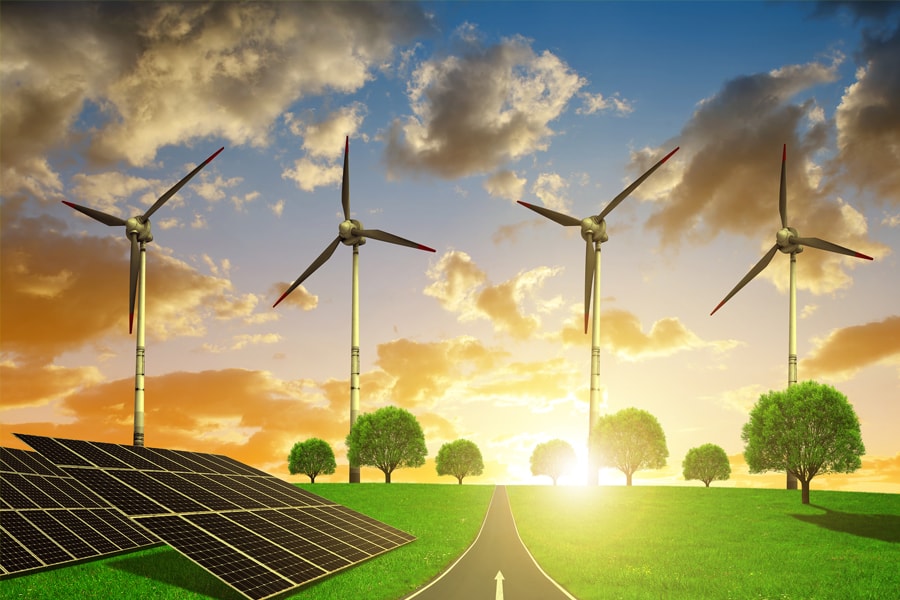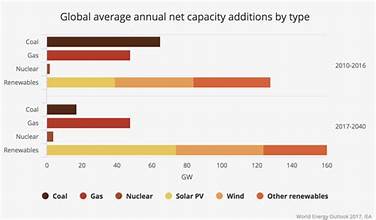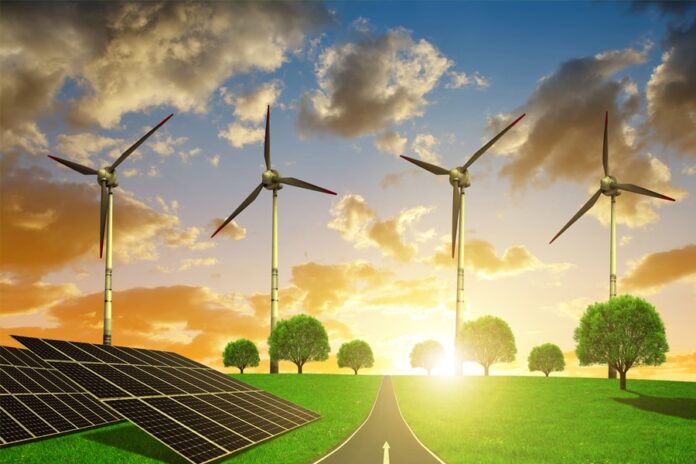
As the world grapples with the challenges of climate change and the urgent need for sustainable solutions, renewable energy sources have emerged as critical components of the global energy transition. Innovations in this sector are continually evolving, paving the way for more efficient, cost-effective, and scalable technologies. In 2024, several emerging trends in renewable energy are expected to reshape the industry, offering new opportunities for growth and sustainability.
1. Advanced Solar Technologies
Solar energy remains at the forefront of renewable innovations, with advancements in technology driving its expansion. Key trends for 2024 include:
- Perovskite Solar Cells: These new-generation solar cells promise higher efficiency and lower production costs compared to traditional silicon-based cells. Research is focusing on improving their stability and scaling up production.
- Bifacial Solar Panels: These panels capture sunlight on both sides, increasing energy yield. They are becoming more popular in large-scale solar installations due to their improved efficiency.
- Floating Solar Farms: As land scarcity becomes an issue, floating solar farms on bodies of water offer an effective solution. They not only provide additional space for solar energy generation but also help in reducing water evaporation.
2. Innovations in Wind Energy
Wind energy continues to be a major player in the renewable sector. Emerging trends include:
- Offshore Wind Turbines: The deployment of floating offshore wind turbines is gaining momentum. These turbines can be placed in deeper waters where wind speeds are higher, significantly increasing energy output.
- Vertical-Axis Wind Turbines: Unlike traditional horizontal-axis turbines, vertical-axis wind turbines have a smaller footprint and can capture wind from any direction. They are particularly useful in urban environments.
- Wind-Solar Hybrid Systems: Combining wind and solar energy systems can provide a more stable and continuous power supply. These hybrid systems are becoming increasingly common in remote or off-grid locations.
3. Enhanced Energy Storage Solutions
Energy storage is crucial for balancing supply and demand in renewable energy systems. Recent innovations include:
- Solid-State Batteries: Offering higher energy densities and greater safety compared to traditional lithium-ion batteries, solid-state batteries are poised to revolutionize energy storage. They are particularly valuable for electric vehicles and grid storage applications.
- Flow Batteries: Flow batteries provide scalable and long-duration energy storage solutions. They are ideal for balancing intermittent renewable energy sources and ensuring a reliable power supply.
- Pumped Hydro Storage: Advances in pumped hydro storage technology, including smaller and more efficient systems, are making this a viable option for large-scale energy storage.
4. Green Hydrogen Production
Green hydrogen, produced using renewable energy sources, is emerging as a key solution for decarbonizing industries and transportation. Key developments include:
- Electrolysis Efficiency: Improvements in electrolysis technology are reducing the cost of producing green hydrogen. New materials and designs are enhancing the efficiency of the process.
- Hydrogen Fuel Cells: Hydrogen fuel cells are becoming more viable for various applications, from transportation to power generation. Their efficiency and environmental benefits make them an attractive option for reducing carbon emissions.
- Hydrogen Infrastructure: Investment in hydrogen infrastructure, including production facilities, storage solutions, and refueling stations, is expanding. This infrastructure is essential for supporting the widespread adoption of hydrogen technologies.
5. Bioenergy and Waste-to-Energy Solutions
Bioenergy and waste-to-energy technologies are evolving to provide sustainable energy from organic materials. Emerging trends include:
- Advanced Biofuels: Next-generation biofuels, derived from non-food crops and waste materials, offer a more sustainable alternative to traditional biofuels. These advanced biofuels have the potential to reduce greenhouse gas emissions and dependence on fossil fuels.
- Waste-to-Energy Technologies: Innovations in waste-to-energy technologies are improving the efficiency of converting municipal and industrial waste into usable energy. These technologies help in managing waste and generating clean energy simultaneously.
- Biogas Production: Enhanced anaerobic digestion processes are increasing the efficiency of biogas production from organic waste. This biogas can be used for electricity generation, heating, and as a vehicle fuel.
6. Smart Grid and Demand Response Technologies
Smart grid technologies and demand response systems are transforming how energy is distributed and consumed. Key developments include:
- Smart Meters and Sensors: Advanced smart meters and sensors provide real-time data on energy consumption and grid performance. This data helps in optimizing energy distribution and identifying inefficiencies.
- Demand Response Systems: These systems adjust energy consumption based on supply and demand conditions. They enable more efficient use of renewable energy and reduce the need for backup power sources.
- Grid Integration of Renewables: Innovations in grid management technologies are facilitating the integration of variable renewable energy sources, such as wind and solar, into the electricity grid.
Future Outlook
Looking ahead to 2024 and beyond, the renewable energy sector is poised for continued growth and transformation. Key factors driving this evolution include:
- Policy Support: Governments around the world are implementing policies and incentives to promote renewable energy adoption. These policies are crucial for supporting innovation and accelerating the transition to a low-carbon economy.
- Investment and Research: Ongoing investment in research and development is essential for advancing renewable energy technologies. Collaboration between public and private sectors will play a significant role in bringing new innovations to market.
- Global Collaboration: International cooperation on renewable energy projects and technology sharing will be vital for addressing global energy challenges and achieving sustainability goals.
In summary, the renewable energy sector is on the cusp of significant advancements in 2024. From breakthroughs in solar and wind technologies to innovations in energy storage and hydrogen production, these developments are shaping a more sustainable and resilient energy future. As these technologies mature and become more widespread, they will play a crucial role in addressing climate change and securing a clean energy future for generations to come.










